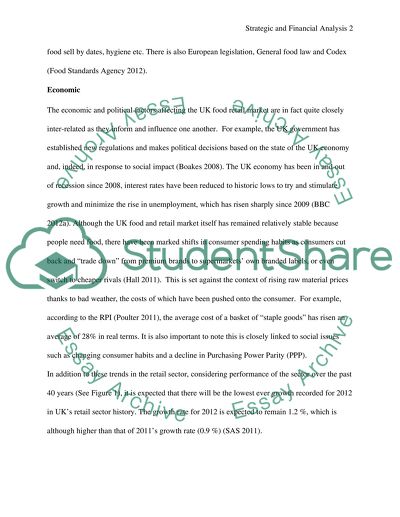Cite this document
(“Renewable Energy Future for the Developing World Essay”, n.d.)
Retrieved from https://studentshare.org/finance-accounting/1401500-accounting-and-finance
Retrieved from https://studentshare.org/finance-accounting/1401500-accounting-and-finance
(Renewable Energy Future for the Developing World Essay)
https://studentshare.org/finance-accounting/1401500-accounting-and-finance.
https://studentshare.org/finance-accounting/1401500-accounting-and-finance.
“Renewable Energy Future for the Developing World Essay”, n.d. https://studentshare.org/finance-accounting/1401500-accounting-and-finance.


